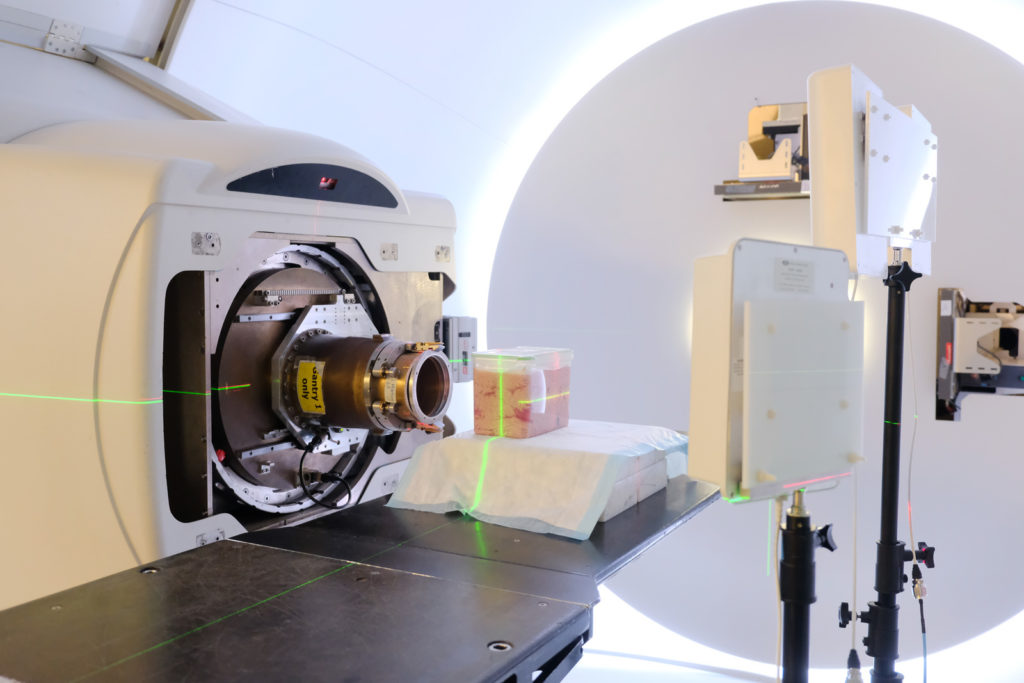
Implants are supposed to represent the future of medicine, as they can deliver medicine and track illnesses in ways that just aren’t possible with conventional pills and scans. But there’s a problem: how do you place them in deeper parts of the body without surgery or intrusive cameras? MIT’s CSAIL might have an idea. It’s developing a system, ReMix, that it likens to a GPS for implants. The locator doesn’t need to make physical contact — it just needs wireless signals and math.
The technology bounces radio signals off the patient, using an algorithm to track the implant. The main challenge is simply determining the difference between reflections from the skin and the implant itself. For that, the CSAIL team uses a diode to create combinations of the signals that help it filter out skin reflections. It’s capable of “centimeter-level accuracy,” according to MIT, and the implant doesn’t have to transmit its own signal.
There’s still work left to be done. MIT wants to boost the accuracy by combining ReMix with data like MRI scans, and it acknowledges that the algorithm may need changes to account for the wide variety in human bodies. The applications are already clear, however. Doctors could use less intrusive implant methods while still confirming that they’re on target. That could allow for implants in more circumstances. Proton-based cancer therapy, for example, could use trackable markers to make sure the tumor stays in place (necessary for blasting it with protons) and improve the quality of treatment.























